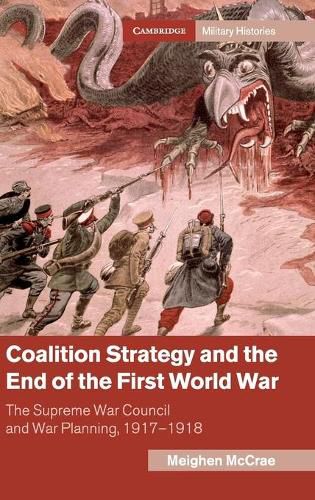Readings Newsletter
Become a Readings Member to make your shopping experience even easier.
Sign in or sign up for free!
You’re not far away from qualifying for FREE standard shipping within Australia
You’ve qualified for FREE standard shipping within Australia
The cart is loading…






When the Germans requested an armistice in October 1918, it was a shock to the Allied political and military leadership. They had been expecting, and planning for, the war to continue into 1919, the year they hoped to achieve a complete military victory over the Central Powers. Meighen McCrae illuminates how, throughout this planning process, the Supreme War Council evolved to become the predominant mechanism for coalition war-making. She analyses the Council’s role in the formulation of an Allied strategy for 1918-1919 across the various theatres of war and compares the perspectives of the British, French, Americans and Italians. In doing so we learn how, in an early example of modern alliance warfare, the Supreme War Council had to coordinate national needs with coalition ones.
$9.00 standard shipping within Australia
FREE standard shipping within Australia for orders over $100.00
Express & International shipping calculated at checkout
When the Germans requested an armistice in October 1918, it was a shock to the Allied political and military leadership. They had been expecting, and planning for, the war to continue into 1919, the year they hoped to achieve a complete military victory over the Central Powers. Meighen McCrae illuminates how, throughout this planning process, the Supreme War Council evolved to become the predominant mechanism for coalition war-making. She analyses the Council’s role in the formulation of an Allied strategy for 1918-1919 across the various theatres of war and compares the perspectives of the British, French, Americans and Italians. In doing so we learn how, in an early example of modern alliance warfare, the Supreme War Council had to coordinate national needs with coalition ones.